Features > Property News & Insights > Market updates
RBA holds fire, but housing market heat remains
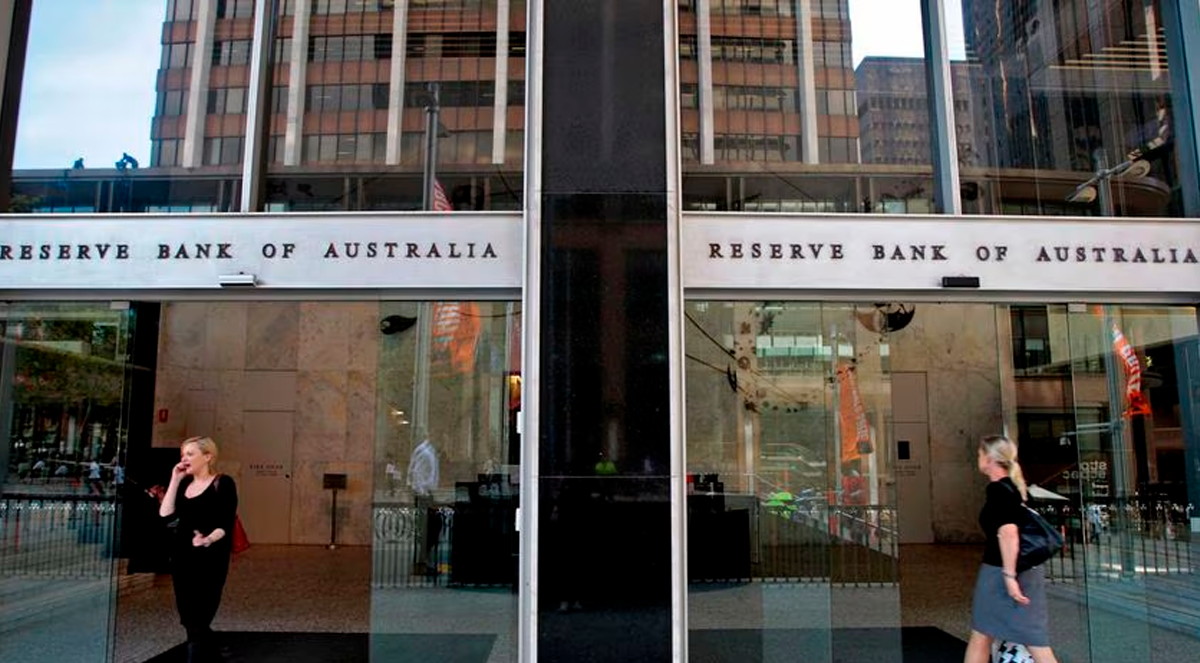
Image by Anoek De Groot
KEY POINTS
- The Reserve Bank of Australia kept the cash rate on hold at 3.6% at its November meeting, following a surprise lift in core inflation to the top of its 2-3% target range
- Governor Michele Bullock has revealed a rate cut wasn’t even discussed and conceded that the bank may have “misjudged” demand and persistent inflation
- Property analysts say the RBA’s decision to keep rates on hold may slow recent rapid home price growth, but won’t reverse it
As expected, the Reserve Bank of Australia has kept the cash rate on hold at 3.6% at its Melbourne Cup Day meeting.
The RBA’s decision came after recent data showed inflation in July, August and September 2025 had unexpectedly accelerated to the top of the central bank’s target range.
The Reserve Bank has also released upgraded economic forecasts, revealing it now expects inflation to stay higher in Australia for longer.
That seems to indicate the prospect of further interest rate relief this year is unlikely.
Housing analysts say the decision by the central bank to keep rates on hold is unlikely to stop home price growth, although it might slow the rate of gains.
The details
In a unanimous decision, the Reserve Bank of Australia’s monetary policy committee said it was “appropriate to maintain the cash rate at its current level” at 3.6%, with Governor Michele Bullock later saying a rate cut wasn’t even discussed at the meeting.
The RBA has already cut interest rates three times this year - for a total of 75 basis points.
In a statement accompanying the decision, the bank noted that inflation had “picked up” again.
“Trimmed mean inflation was 1.0% in the September quarter and 3.0% over the year, up from 2.7% over the year in the June quarter,” it says.
With the central bank mandated to maintain inflation in a 2-3% range, it’s clear this inflation spike would have caused concern around the RBA board table.
Governor Michele Bullock admitted the bank may have “misjudged” the gap between demand and supply that was impacting inflation.
At a press conference, she listed "surprise" factors including council rates, travel costs and fuel, which had driven up inflation.
“There may be more inflationary pressure than we thought, and inflation in these components tends to be more persistent,” she said.
“At the same time, the unemployment rate has gone up.”
However, Adam Boyton, the ANZ Bank’s Head of Australian Economics, says the central bank’s tone “was a little less hawkish than might have been expected”, with the RBA noting that “some of the increase in underlying inflation in the September quarter was due to temporary factors.”
As a result, he says ANZ is still tipping one more rate cut in this easing cycle in the first half of 2026.
“Our expectation…reflects some recent signs of softening in leading indicators of activity (such as the ANZ-Indeed Australian Job Ads series) and a view that the … inflation result was likely to have been a ‘one-off’,” Mr Boyton says.
As well as the rate decision, the RBA has also released its latest Statement of Monetary Policy, which contains updated economic forecasts.
That shows the bank expects core inflation to rise above the current 3% before finally falling back to 2.6% in 2027.
However, those forecasts also contain a "technical" assumption that there will be one more 25 basis point rate cut next year.
The housing market
Cotality’s Head of Research, Eliza Owen, says she believes the RBA’s decision to keep rates on hold “could take some heat out of the property market through to the end of the year, keeping a temporary lid on borrowing capacity and dampening consumer sentiment.”
The real estate market has roared to life over the past three months, spurred on by the impact of previous rate cuts and initiatives like the Federal government’s First Home Guarantee scheme.
But Ms Owen says “other factors are likely to keep housing values rising leading into 2026.”
She lists the First Home Guarantee scheme and a continuing “imbalance between the supply and demand of housing,” which she says “has kept values on the rise even during periods of rate increases.”
Rival property analytics firm PropTrack recently reported that national home prices hit a new peak in October 2025, recording their tenth consecutive month of growth.
The report found that home prices were up 0.6% during October, sitting 7.5% higher year-on-year, which PropTrack says represents around $65,200 of annual price growth for the median Australian home.
PropTrack Senior Economist Eleanor Creah says the RBA’s decision to keep rates on hold at its November meeting “won’t derail that recovery.”
“Earlier cuts and stronger confidence continue to support buyer demand, aided by population growth and the expansion of the Home Guarantee Scheme.”
Ms Creagh says FOMO is also playing a large role in housing market activity.
“Buyers expect prices to lift because of rate cuts, so they are pulling forward their decisions and that’s contributing greatly to demand.
“With new supply constrained, these factors will keep upward pressure on prices, though affordability challenges mean the pace of gains is likely to remain slower than previous cutting cycles and vary across cities.”
Stay Up to Date
with the Latest Australian Property News, Insights & Education.




.png?width=292&height=292&name=Copy%20Link%20(1).png)
 SIGN UP FOR FREE NEWSLETTER
SIGN UP FOR FREE NEWSLETTER

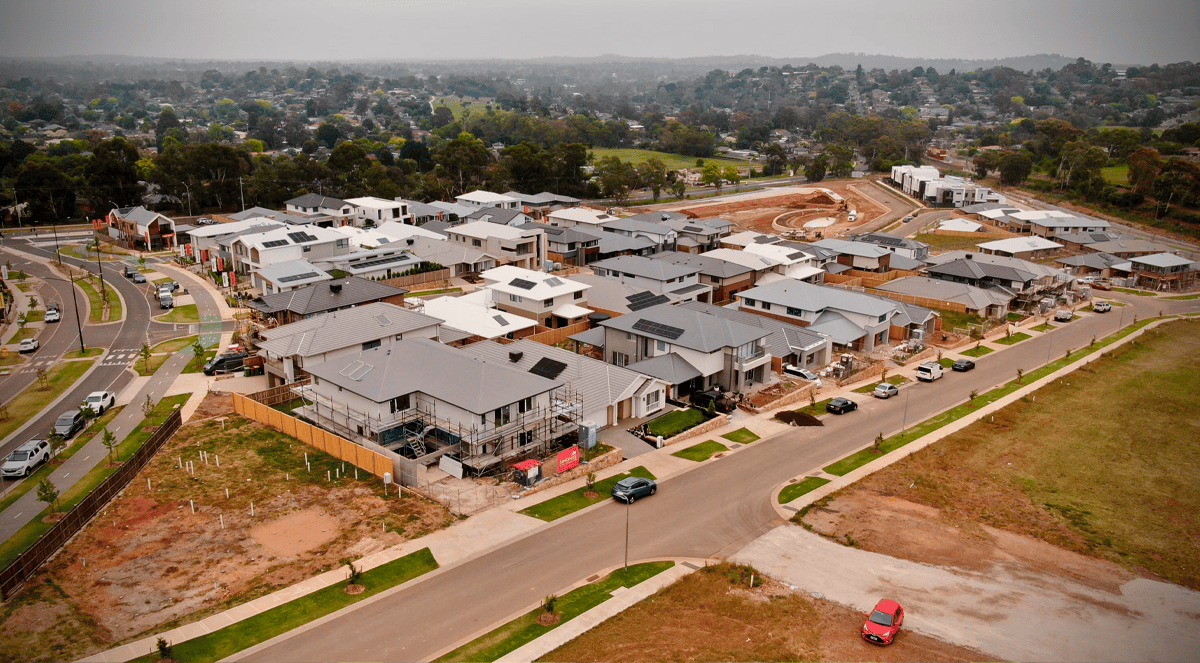
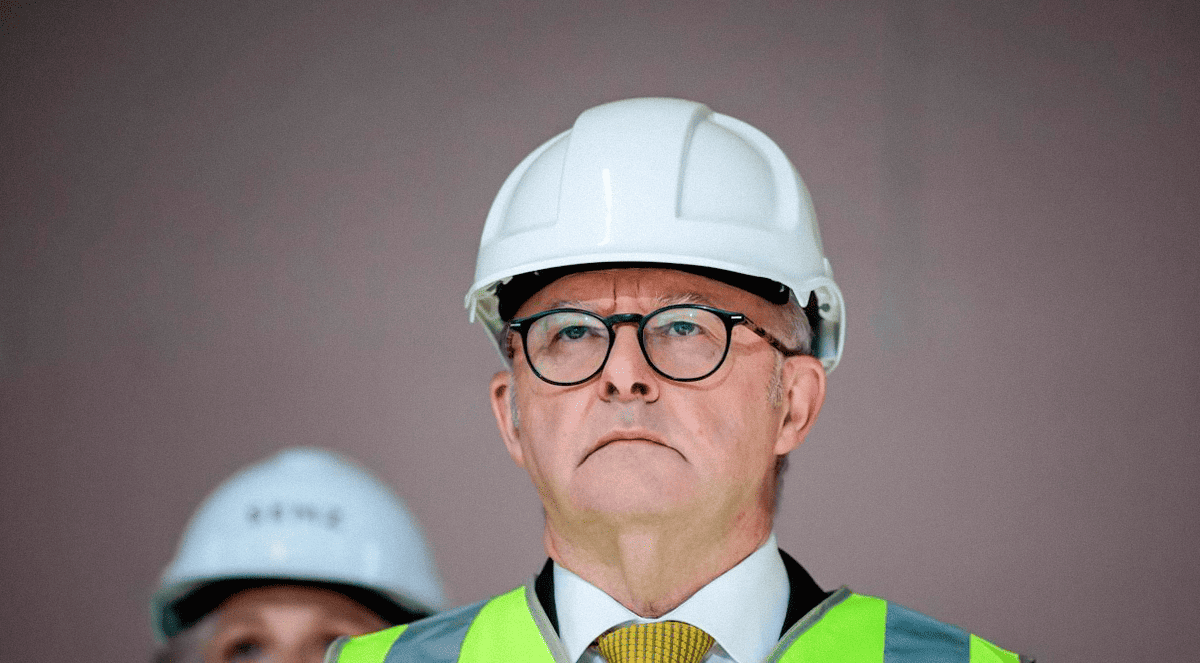
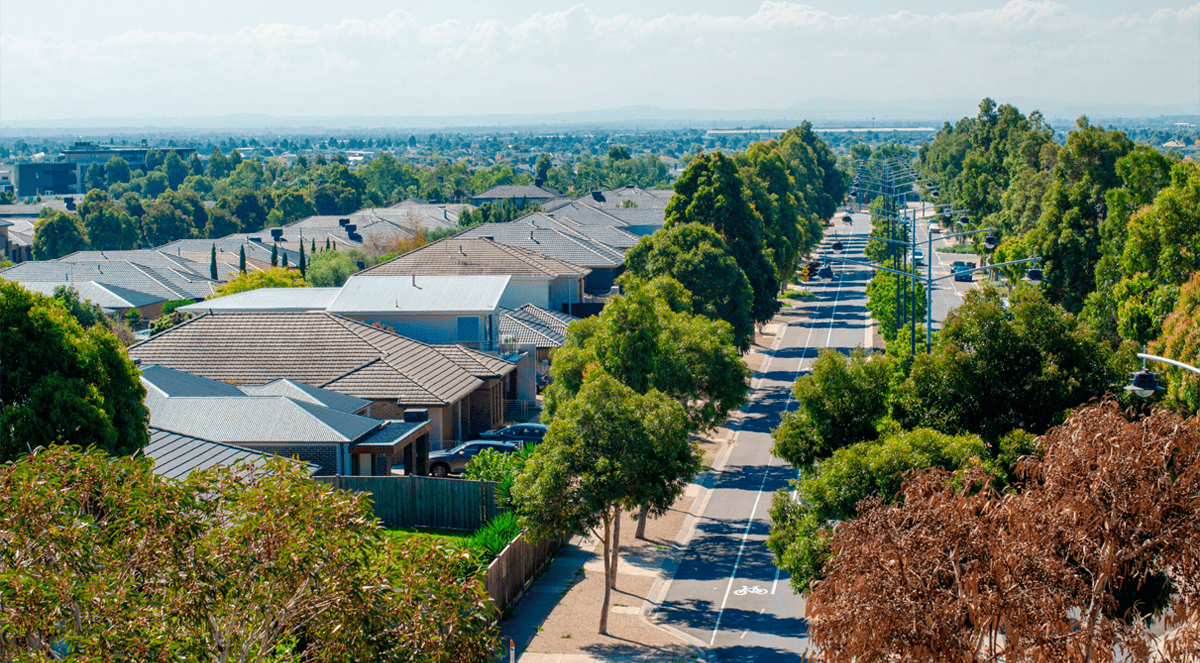
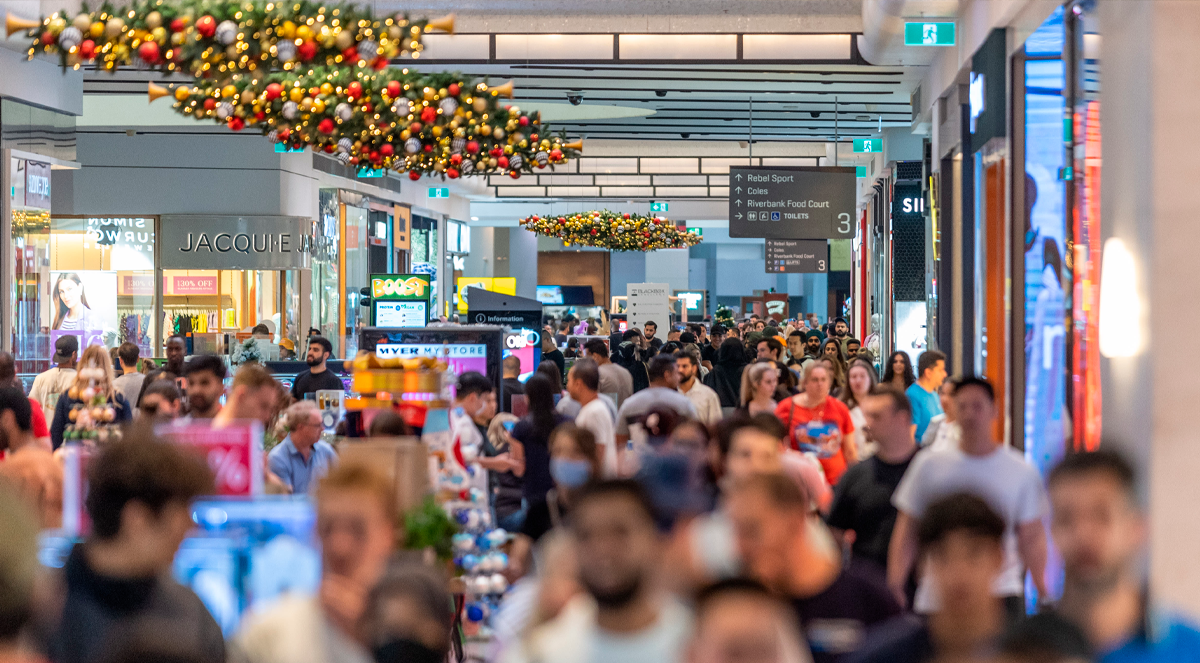
.jpg?width=1920&height=1080&name=Warning%2c%20You%20Might%20Be%20Facing%20Higher%20Taxes%20Soon%20(1).jpg)





.png?width=1920&height=1080&name=Rate%20Drops%20Signal%20BIGGEST%20Property%20Boom%20in%20DECADES%20(1).png)

.jpg?width=1920&height=1080&name=Labor%20vs%20Liberal%20These%20Housing%20Policies%20Could%20Change%20the%20Property%20Market%20Forever%20(1).jpg)
.jpg?width=1920&height=1080&name=QLD%20Slashes%20Stamp%20Duty%20Big%20News%20for%20Investors%20%26%20Home%20Buyers%20(1).jpg)
.jpg?width=1920&height=1080&name=Trump%20Just%20Slapped%20Tariffs%20%E2%80%93%20Here%E2%80%99s%20What%20It%20Means%20for%20Australia%20(1).jpg)
.jpg?width=1920&height=1080&name=Federal%20Budget%202025%20More%20Debt%2c%20No%20Housing%20%E2%80%93%20Here%E2%80%99s%20What%20You%20Need%20to%20Know%20(1).jpg)
.jpg?width=1920&height=1080&name=Australias%20Housing%20Crisis%20is%20about%20to%20get%20MUCH%20Worse%20(New%20Data%20Warns).jpg)
%20(1).jpg?width=1920&height=1080&name=Australias%20RENTAL%20CRISIS%20Hits%20ROCK%20BOTTOM!%20(2025%20Update)%20(1).jpg)
%20(1).png?width=1920&height=1080&name=Is%20Adelaide%20Still%20a%20Good%20Property%20Investment%20(2025%20UPDATE)%20(1).png)
.jpg?width=1920&height=1080&name=RBA%20Shocks%20with%20Rate%20Cuts!%20What%E2%80%99s%20Next%20for%20Property%20Investors%20(1).jpg)
%20(1).jpg?width=1920&height=1080&name=I%20Predict%20The%20Feb%20Rate%20Cut%20(My%20Price%20Growth%20Prediction)%20(1).jpg)
.png?width=1920&height=1080&name=Why%20Property%20Prices%20Will%20Rise%20in%202025%20Market%20Predictions%20(1).png)
.jpg?width=1920&height=1080&name=Why%20Investors%20Are%20Choosing%20Apartments%20Over%20Houses%202%20(1).jpg)
.jpg?width=1920&height=1080&name=Why%20Rate%20Cuts%20Will%20Trigger%20A%20Property%20Boom%20(1).jpg)
.jpg?width=1920&height=1080&name=Retire%20On%202Million%20With%20One%20Property%20(Using%20SMSF).jpg)
.jpg?width=1920&height=1080&name=4%20Reasons%20Why%20You%20Should%20Invest%20in%20Melbourne%20Now%20(1).jpg)
%20(1).jpg?width=1920&height=1080&name=Old%20Property%20vs%20New%20Property%20(Facts%20and%20Figures%20Revealed)%20(1).jpg)
%20(1).jpg?width=1920&height=1080&name=Will%20The%20New%20QLD%20Govt%20Create%20a%20Property%20Boom%20or%20Bust%20(My%20Prediction)%20(1).jpg)
%20Scott%20Kuru%20(1).jpg?width=1920&height=1080&name=Inflation%20Hits%20Three-Year%20Low%20(Will%20RBA%20Cut%20Rates%20Soon)%20Scott%20Kuru%20(1).jpg)
.jpg?width=1920&height=1080&name=How%20to%20Buy%20Investment%20Property%20Through%20SMSF_%20The%20Ultimate%20Guide%20(1).jpg)
.jpg?width=1920&height=1080&name=Victoria%20Slashes%20Stamp%20Duty%20Melbourne%20Set%20to%20Boom%20Scott%20Kuru%20(1).jpg)
.png?width=1571&height=861&name=Are%20Foreign%20Buyers%20Really%20Driving%20Up%20Australian%20Property%20Prices%20(1).png)
.jpg?width=1920&height=1080&name=The%20Single%20Factor%20That%20Predicts%20Property%20Growth%20Regions%20(1).jpg)
%20Scott%20Kuru%20(1).jpg?width=1920&height=1080&name=My%20Prediction%20On%20Rates%20%26%20Negative%20Gearing%20(Market%20Crash)%20Scott%20Kuru%20(1).jpg)

-1.png?width=1920&height=1080&name=Major%20Banks%20Cut%20Rates%20Will%20RBA%20Follow%20Suit%20(Sept%20Rate%20Update)-1.png)
%20Scott%20Kuru-1.png?width=1920&height=1080&name=Rate%20Cut%20Coming%20What%20New%20Zealands%20Move%20Means%20for%20Australia%20(Sept%20Prediction)%20Scott%20Kuru-1.png)
%20(1).jpg?width=1920&height=1080&name=Buy%20when%20the%20interest%20rates%20are%20high!%20(Why%20you%20must%20buy%20now!)%20(1).jpg)
.jpg?width=1920&height=1080&name=Carms_Revised%20Taxes%20Due%20Aug%209%20YT%20Thumbnail02%20(1).jpg)
.jpg?width=1920&height=1080&name=Carms_Too%20Little%20Too%20Late%20Aug%207%20YT%20Thumbnail01%20(1).jpg)









.jpg?width=1920&height=1080&name=Carms_Rate%20Drop%20In%20July%20Jun%2010%20YT%20Thumbnail02%20(1).jpg)
.jpg?width=1920&height=1080&name=Carms_Own%20a%20Property%20V6%20Jun%205_YT%20Thumbnail%20(1).jpg)









.png?width=1920&height=1080&name=Artboard%201%20(3).png)






.jpg?width=1920&height=1080&name=YT%20thumbnail%20%20(1).jpg)

